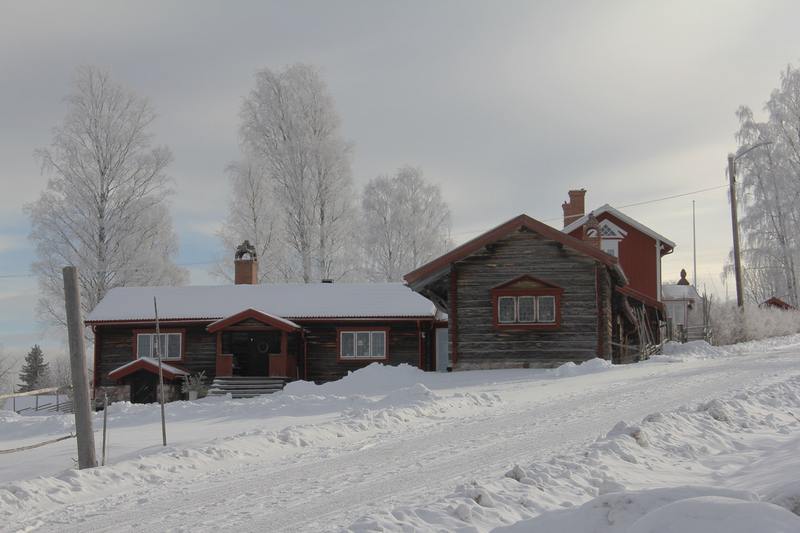Tips for Dealing with Snow in Your Garden and Landscaping
Introduction
As winter approaches, snowfall can be a beautiful but challenging part of maintaining your garden and landscaping. Some regions have already seen the first flakes, making it crucial to prepare your outdoor space. Whether you have delicate plants, trees, shrubs, or a lawn you want to showcase during the colder months, there are essential steps to take to protect your landscaping.
This guide will provide tips on handling snow in your garden , keeping your plants healthy, and minimizing damage from winter weather.
Should You Remove the Snow from Your Plants and Trees?

Bright Winter Day with Snow-Covered Trees – Photo by Simon Robben
Natural Insulation or Potential Hazard?
In most cases, you don’t need to remove snow from your plants. Snow acts as a natural insulating layer, providing extra warmth for your garden. Whether it’s a light dusting or several feet deep, snow can protect delicate roots and plant bases from the cold. However, certain scenarios call for snow removal:
- Snow Plow Caution: Mechanical snow removal tools, such as snow plows, snow blowers, and shovels, can compact snow, making it denser and heavier. This added weight can damage shrubs and smaller plants.
- Young and Fragile Trees : Small or young trees with thin branches may not withstand the weight of heavy snow. These branches are more prone to snapping under pressure.
Protecting Your Home and Plants
Don’t forget to remove snow from your roof if you live in a snowy region. Excess snow and ice can slide off and crush shrubs or damage nearby plants. Keeping your roof clear ensures the safety of your home and garden.
How to Safely Remove Snow from Your Plants and Trees

A Clear Winter Sky Highlights Snowy Tree Beauty – Image by Markito on Pixabay
Snow Removal Tips
If you decide to remove snow from your plants, it’s crucial to do so gently to avoid causing more harm than good. Here are some methods to safely clear snow from your garden:
1. Manual Removal:
- Use your hands or a soft broom to gently sweep in an upward motion. This encourages snow to fall off naturally without stressing the branches.
- Avoid sweeping downward, as this can break brittle branches already weighed down by snow. Never shake the branches—this can cause them to snap.
2. Warm Water for Ice Removal:
- If ice forms on delicate plants, use a hose with warm (not hot) water to melt the ice slowly. Hot water can shock and damage plants , while a gentle warmth can loosen ice safely.
3. Regular Maintenance:
- Clear snow regularly, especially after every few inches of accumulation. Consistent maintenance prevents heavy buildup that could harm your landscaping.
How to Avoid Damage to Your Plants

A Cozy Winter Home Nestled Among Snowy Trees – Photo by Pixabay
Safety Precautions
- Avoid Ice Removal on Trees: It’s best not to remove ice from tree branches, as it can be challenging and risky. Ice removal may result in broken limbs, harming the tree.
- Personal Safety: Never stand directly under branches while removing snow or ice. The branches, snow, or ice could fall on you and cause injury.
How to Prevent Snow Damage to Your Plants
Proactive Steps Before the Snow Hits
1. Move Container Plants:
- Relocate potted plants to sheltered areas like a porch or shed. This prevents the soil from freezing and expanding, which can crack containers.
2. Use Plant Netting for Shrubs:
- For shrubs and delicate plants that can’t be moved, use plant netting or burlap to bundle branches together. Tie them into a cone shape to help snow slide off easily without accumulating.
3. Avoid Using Salt Near Plants:
- Salt can be effective for melting ice on driveways and sidewalks, but it’s damaging to your plants and grass. Consider using sand or eco-friendly deicing products instead.
4. Limit Foot Traffic on Snow-Covered Grass:
- Grass covered in snow is more fragile than usual. Minimize foot traffic to prevent uprooting and damage. Creating designated pathways can help reduce the stress on your lawn.
Our Final Thoughts on Managing Snow in Your Landscaping
Winter doesn’t have to mean a barren landscape. With careful preparation and attention, you can protect your garden and enjoy its beauty even under a blanket of snow. Remember, every plant has different needs, so assess your garden and take the appropriate steps to safeguard each type. A bit of winter care goes a long way in ensuring your plants remain healthy and ready to thrive come spring. By following these tips, you can minimize winter damage and keep your garden looking its best—even during the harshest months.
If you have any specific questions about winter tree care or need expert guidance, don’t hesitate to reach out. With the right knowledge and preparation, your garden can stay beautiful year-round, no matter the weather!
Originally published on November 15, 2018.


